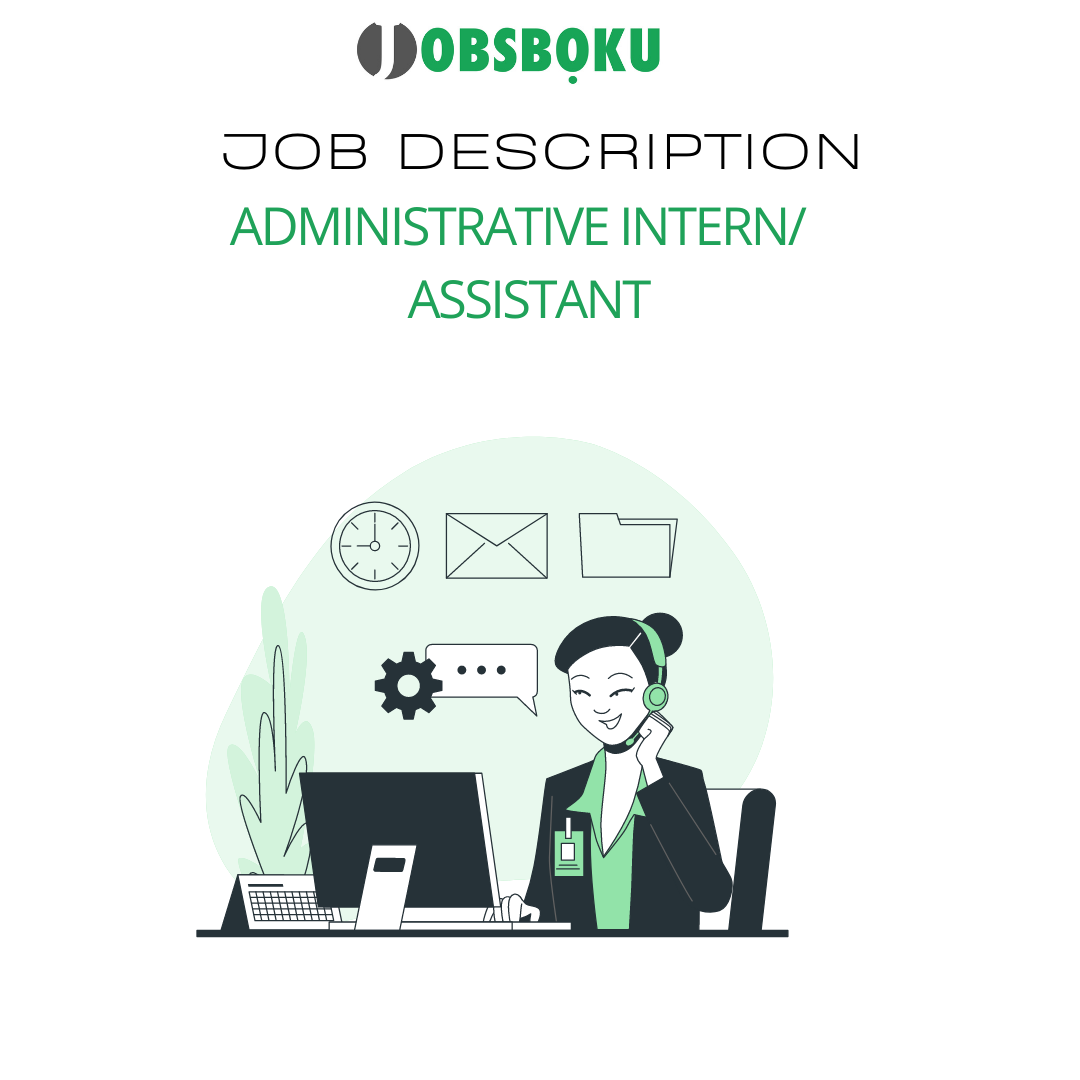Building Employee Engagement in the Work Place

Employee engagement is
defined as the degree to which employees are motivated by, passionate about and
invested in the work they do. Engagement also indicates the individual’s
commitment to the company and their emotional connection to the people they
work with.
Some ways to build
employee engagement at the workplace:
vGet the hiring process right
Employee
engagement starts with the recruitment process. It is better to find employees
who are aligned with your organizational Vision than it is to change their
motivation and values once they have their feet under the table. Be on the
lookout for candidates with a sense of purpose, interest, and passion, use the recruiting
process to discovering a candidate’s interests
vMeasure employee engagement
Regular
staff meeting is advised to be used to check that employee wellbeing and
engagement are at optimum levels. Engagement will consistently show pathway for
employees and open career opportunities closely followed by learning opportunities.
This would ensure positive reinforcement for employee and it will boost morale
which should increase in productivity.
vShare the vision and mission
Employees are more engaged
when there’s a goal they can get behind and a purpose to inspire them. Your
core values and mission statement are the foundation of your company culture,
which plays a large role in how engaged your employees are. Start by creating a
concise list of company
core values, then train each employee in these values. Doing so will
guarantee employees understand the importance of the company’s values, how they
positively impact the business and what’s expected of each individual. Employees are proud of their role within the organization
when there is clarity of goals so communicate with the workforce about the
organizational vision and strategy. Lead by example and
hold every member of your team accountable. Failing to do so will foster
a bad
company culture of distrust that will disengage employees. It has a significant effect in improving engagement when
everyone has an overall sense of the organization’s goals and objective.
vCommunicate
effectively
Effective
communications help each worker connect with strategic organizational goals
while making the most of their own potential. Demonstrate to all employees that
their insights are important as this will build loyalty and engagement as well
as effective collaboration. People thrive and perform to full potential within
a culture that aligns with their own values and aspirations.
vBuild a culture of cooperation
One
of the pillars of employee engagement is collaboration. Encourage employees to
share knowledge and ideas, use your talent to unleash latent creativity and help
the organization to foster innovation and growth while meeting customer needs.
vUse feedback
Ensuring a culture of providing regular performance feedback. Ensures
that employees feel a connection with the objective of the organization, that
new employees are welcomed in and feel part of the team quickly. It’s also
important to recognize and celebrate success, achievements, progress and
accomplishments. If you want the best chance
at achieving positive results and improving your employee’s performance, here
are some tips you can follow whenever you offer feedback:
A.
Focus on the issue. Proper constructive criticism
should always focus on the situation or issue caused by the person, rather than
focusing on the person’s character.
B.
Be sincere. Whether you’re giving positive comments or negative
criticism, effective feedback must be earnest. State how you feel about the
issue, and pay attention to your tone of voice and body language so that the
person not only hears your sincerity but feels it too.
C.
Avoid the sandwich method. A feedback sandwich is when you
sneak in a negative statement between two positive ones in order to soften the
blow. Contrary to popular belief, however, this is an ineffective performance
management technique. It will often cause the recipient to focus solely on
their accolades and your constructive criticism can get lost in the shuffle.
D.
Be specific. Give specific feedback focused on one issue rather than
addressing multiple incidents at once.
E.
Allow a response. Good feedback operates best as a two-way street.
The recipient will feel comforted by knowing you’re also open to receiving
feedback, so ask them what they think about the issue you’ve brought up.
F.
Recommend a solution. Once the individual has had a
chance to respond, offer up specific examples of the next steps they can take
to solve the issue.
G.
Provide a summary. To end the feedback session,
give the individual a brief summary of the discussion in order to make sure
they properly received the message. You can also encourage them to check in
with you at any time to follow up on anything that may have been unclear.


